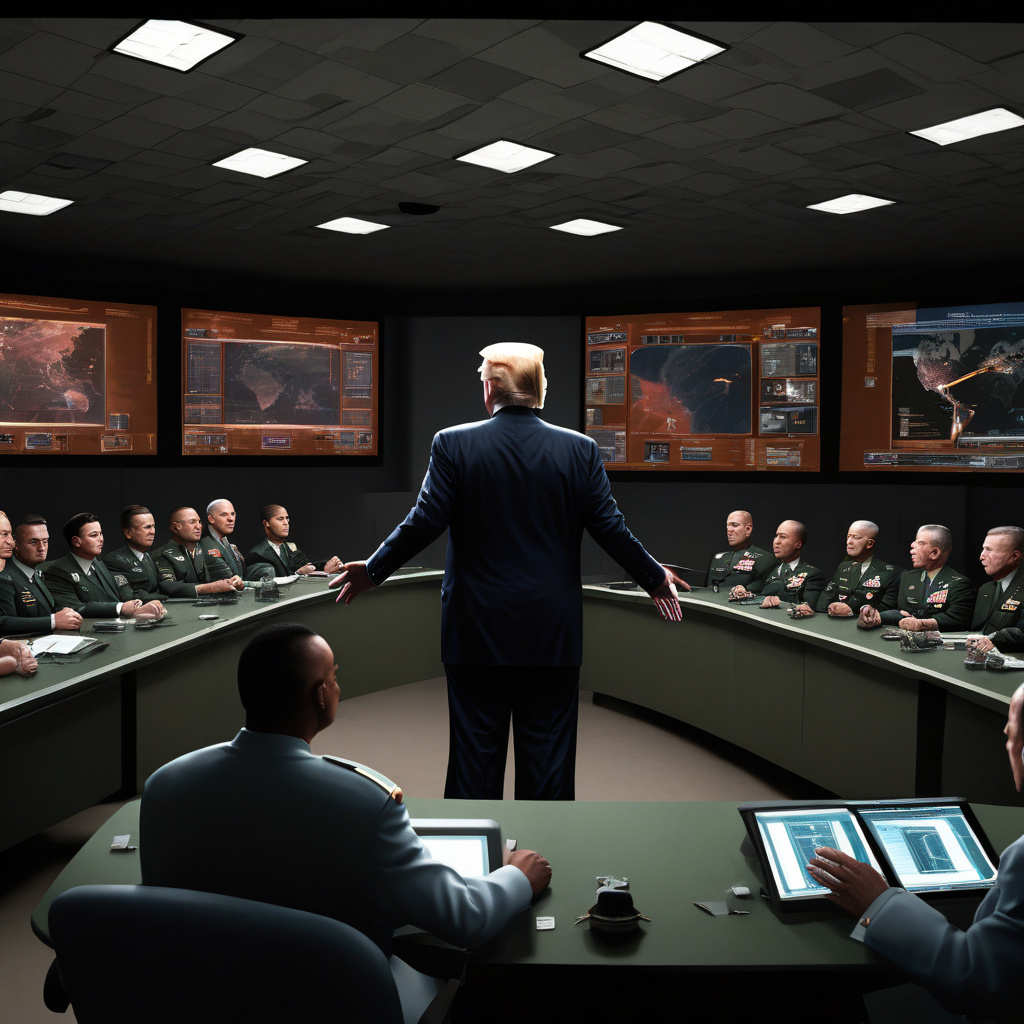In a bold move that could reshape the future of warfare, President Trump has directed the Pentagon to develop a plan for space-based weapons. The White House has framed this initiative as an “Iron Dome for America,” invoking the well-known Israeli missile defense system. However, the implications of this directive go far beyond mere missile defense capabilities.
Space-based weapons have long been the stuff of science fiction, but recent advancements in technology have made them increasingly feasible. With the potential to deploy weapons systems in orbit around the Earth, the United States could gain a significant strategic advantage over its adversaries. These weapons could target enemy satellites, disrupt communications, or even strike targets on the ground with unparalleled speed and precision.
While the idea of space-based weapons may sound like something out of a Hollywood blockbuster, the reality is that the militarization of space is a growing concern. As nations become more reliant on satellites for everything from navigation to communication, the vulnerability of these assets to attack becomes a pressing issue. By developing a plan for space-based weapons, the United States is signaling its intent to protect its interests and maintain its edge in an increasingly contested domain.
At the same time, the prospect of space-based weapons raises thorny ethical and legal questions. The Outer Space Treaty, signed by the United States and other major spacefaring nations, prohibits the placement of weapons of mass destruction in orbit around the Earth. While the treaty does not explicitly ban conventional weapons in space, the development of such systems could still provoke an international backlash.
Moreover, the militarization of space could trigger a new arms race, with other nations seeking to match or surpass American capabilities. This could lead to an escalation of tensions and increase the likelihood of conflict in space, a domain that has traditionally been free from the specter of war.
As the Pentagon begins to flesh out a plan for space-based weapons, it will need to navigate these complex issues with care. Balancing the need to protect national security with the imperative to uphold international norms will be a delicate task. The United States must also consider the potential consequences of its actions and weigh the risks of sparking a new arms race in space.
In conclusion, President Trump’s directive to develop a plan for space-based weapons marks a significant turning point in the militarization of space. While the White House may bill this initiative as an “Iron Dome for America,” the reality is that it represents a fundamental shift in how we think about warfare in the 21st century. As the Pentagon moves forward with this plan, it must proceed with caution and foresight, mindful of the implications of weaponizing the ultimate high ground.

